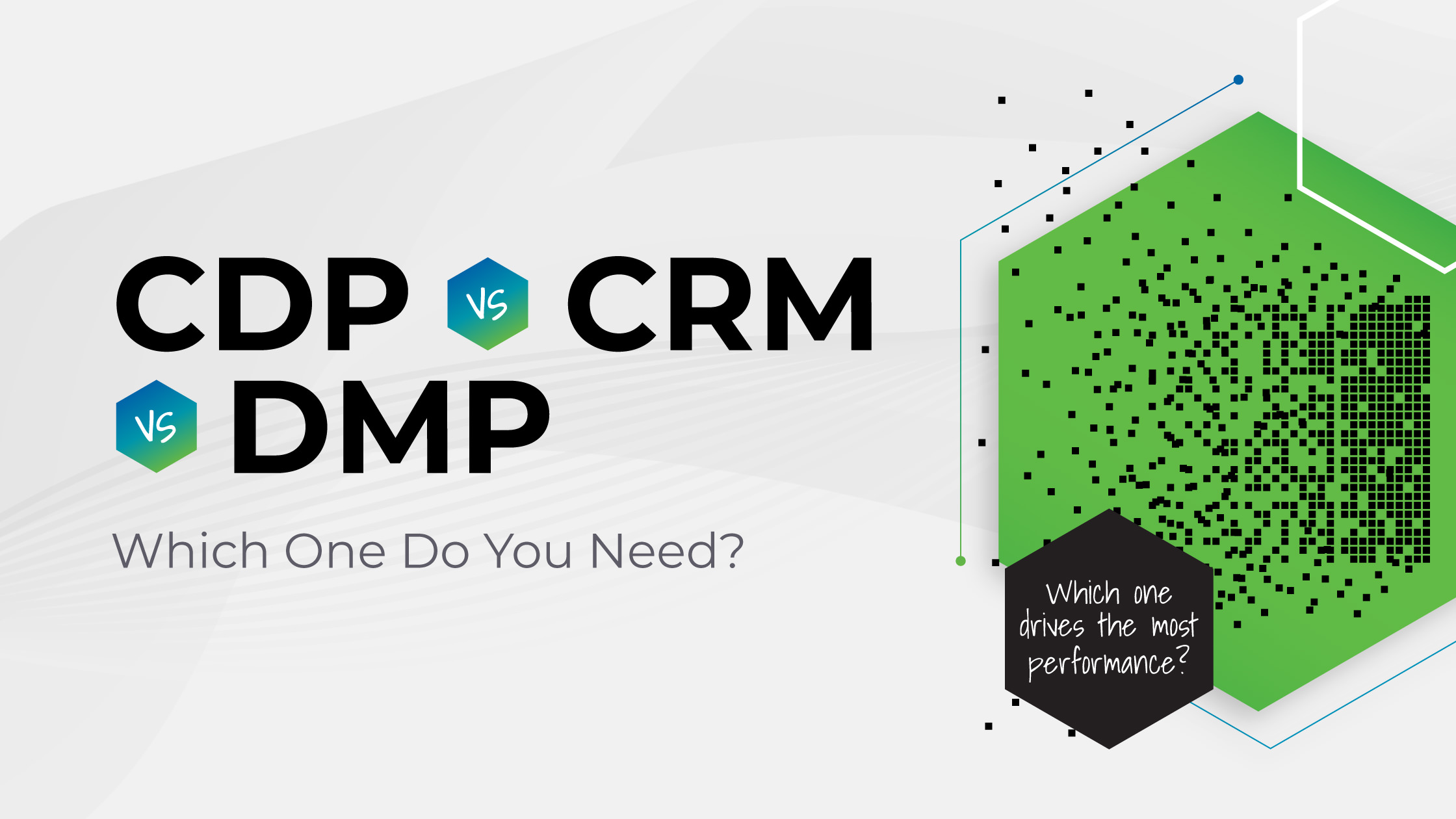Apiary Digital® recently surveyed a select group of performance marketing leaders—from startups, Fortune 500 companies, and everything in between—to learn their secrets to success during the first 90 days in a new position. To capture the pearls of wisdom shared through this survey, we’ve created a blog series, “The First 90 Days.” This is part of the multi-part series.
66.7% of marketing leaders surveyed indicated evaluating current vendors and team members, identifying gaps in skills, and getting the right people in place was key to their success during the first 90 days in a new position.
Now that you’ve had a chance to get to know your team better and identify opportunities to up-level performance as a team, it’s time to do an evaluation of the vendors your team works with.
Importance of vendor evaluations
Similar to team member evaluations, it generally takes someone new to an organization to spot areas for improvement and opportunities to further boost performance. This can be especially true when an organization has a longstanding relationship with a vendor.
Often, vendors end up being grandfathered into an organization—sometimes even the contracts are adopted. Unfortunately, what made sense three years ago may not fit an organization’s needs now, whether it be the service offering, price model, or an overall misalignment to your organization’s evolving goals. Along the same lines, just because a certain vendor worked well in your past role doesn’t mean they should be brought to your current company. Go into vendor evaluations with an open mind.
Pre-evaluation checklist
Since vendor evaluations are so critical, and a lot of money is on the line, there are a few important things to do to prepare before diving in:
- Get the back story on why a particular vendor was hired—this information may help determine whether or not making changes is even doable.
- Enter into evaluations with the mindset that you’re going to do what you can, within reason, to make things work with the existing vendor because changing vendors is costly!
- Ensure you’ve got the business operations support and infrastructure to make necessary changes—some vendors require back-end integrations.
- Talk to your legal department and review the existing vendor contract(s) to get familiar with the contractual agreements.
- Identify what needs may have changed since the contracts were signed by talking to the people that interact with the vendor and the vendor’s technology—find out if there are any pain points.
Evaluations in action
Vendor evaluations can and should be much more formal than team member evaluations. Things to consider:
- Let the data be your guide. Are they regularly helping you hit your KPIs?
- Forward progress is a must. Are they bringing new ideas and suggestions to the table? Are they keeping up with the trends and latest tech? If a vendor isn’t making an effort to evolve that means they’re not helping your business evolve.
- Cost-benefit analysis. There’s no ideal vendor that can deliver everything your organization needs. Look at the cost of changing the vendor versus the benefit you may get. Determine if it’s worth making a few changes to the existing vendor to better leverage their services.
- Look out for weak links. Make it your mission to uncover any pain points the vendor has. Find out if they have a solid record of delivering on the scale your org needs.
- Maximize ROI. On the flip side of under-performance, you may find you have a vendor that could actually be providing a lot more value if they were allowed to expand. Give vendors an opportunity to present what else they can do for you.
Making changes based on evaluations
If during your evaluation you conclude the vendor is regularly hitting the goals you set for them, there’s probably no need to make a change. On the other hand, if a vendor change is in order, do a POC (proof of concept) first. If the vendor is able to prove profitable outcome or incremental growth, then you can sign a long-term contract.
If evaluating multiple vendors, you’ll need to go through an RFP (request for proposal) process during which each vendor will get a chance to present their pitch to your team. In this scenario, your team gets to evaluate the product or service and if it aligns with your business needs, then you go with them.
⚠ Pro-tip: if a vendor change is in order, do a POC (proof of concept) and negotiate that in the contract to potentially get a free POC.
Just as important as performance is ease of transition. If you determine a vendor switch is needed, it’s important to look at how quickly that can happen, and how smoothly things can be transitioned. It’s also important to ensure all stakeholders within your organization are clear on what the value will be to making the switch. Showcase the ROI for each department or stakeholder within your organization to help everyone get on board with the decision to switch vendors.
Stay tuned for a wrap-up of this content series where you can find the great tips and tricks all in one place.




